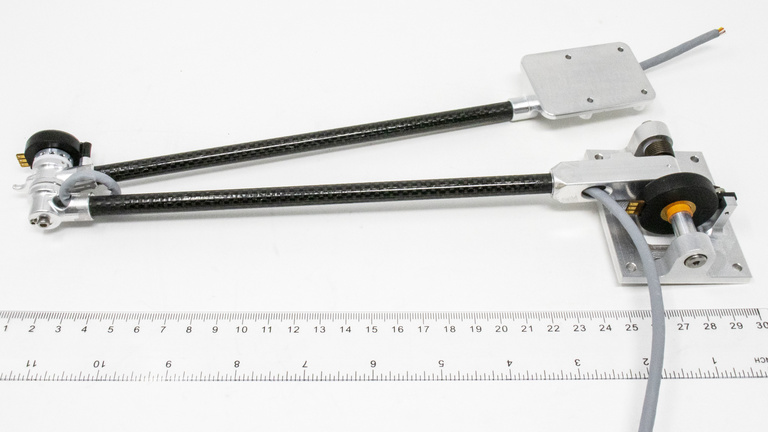
A University of Iowa physicist has been awarded funding from NASA to design and build a special mast that can carry magnetic field instruments outfitted for miniature space satellites.
David Miles, assistant professor in the Department of Physics and Astronomy, and his team will build and test a boom, essentially a newly designed mast, that can bear magnetic sensors on satellites as small as a loaf of bread but also position the sensors far enough away that they don’t capture the magnetic fields from the satellites themselves.
If successful, the Iowa-created boom could be deployed on a host of future NASA missions exploring space weather around Earth, as well as study the moon and Mars.
“Building the magnetometer boom in house allows the University of Iowa to be a one-stop provider for magnetic field measurements on future constellation missions and allows us to control more of the details required to take high quality measurements,” Miles says. “Our new design has the added benefit of being tunable to operate in the reduced gravity on Mars or the Moon where there is lots of exciting planetary science to be done.”
NASA will provide $199,999 for the project, called “CubeSat Articulated Boom Option Optimization in Microgravity” (CABOOM).
The award complements $1,030,000 in NASA funding won by Miles and George Hospodarsky, associate research scientist in physics and astronomy, for a project called CHIMERA, to build a magnetometer that can capture both low- and high-frequency magnetic fields on miniature satellites. The Iowa researchers will test the boom design in May 2021 in a special airplane flight above Earth mimicking low-gravity conditions.